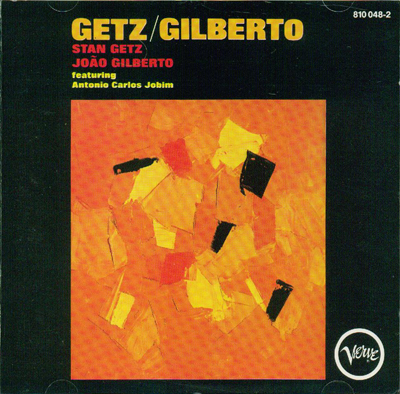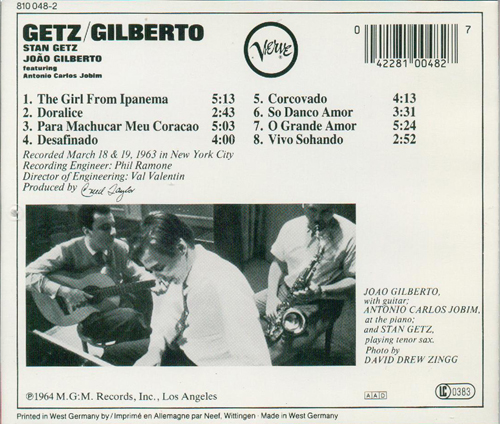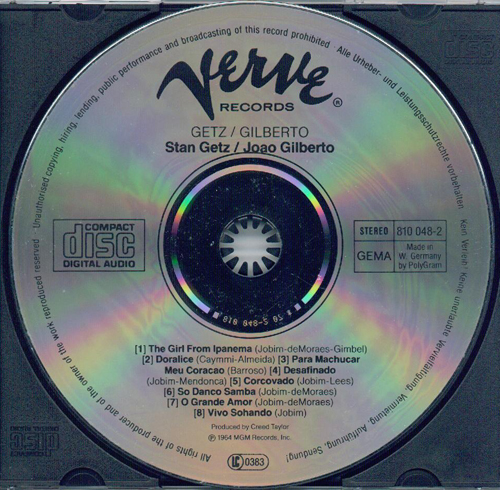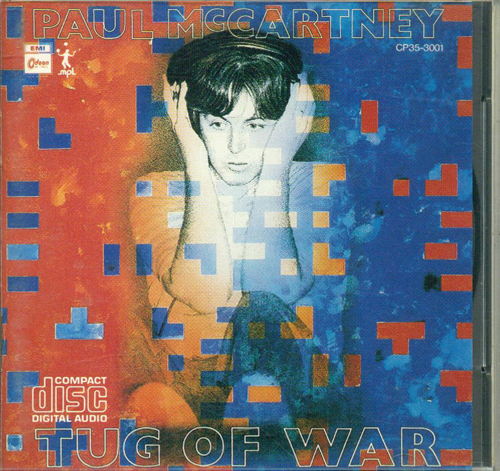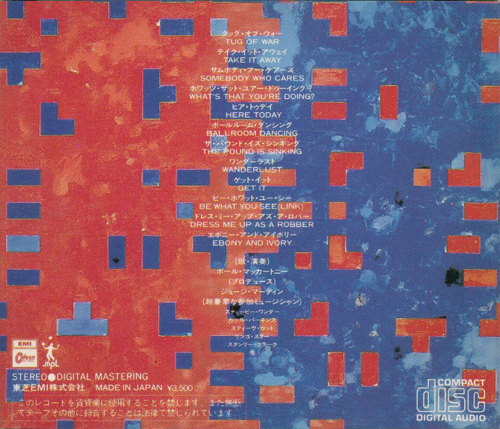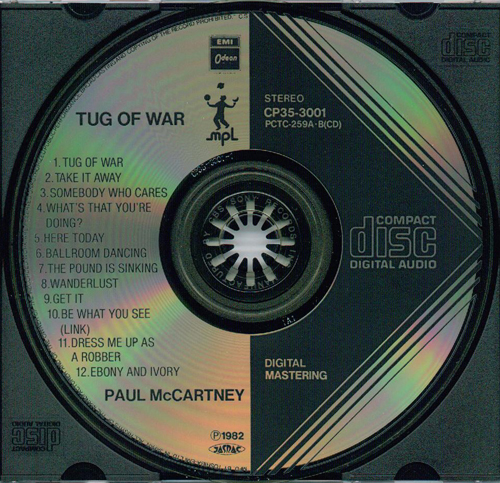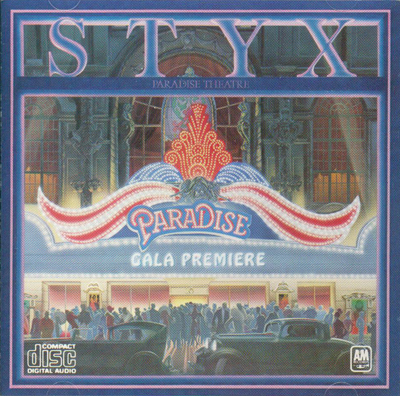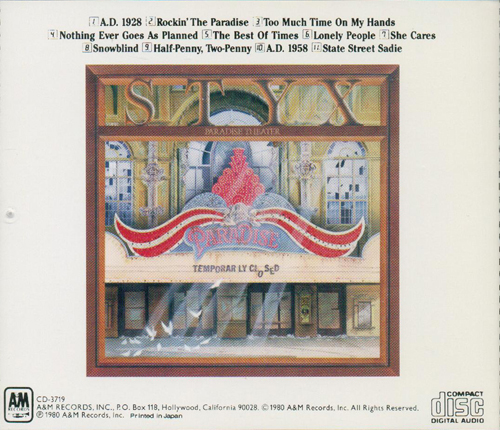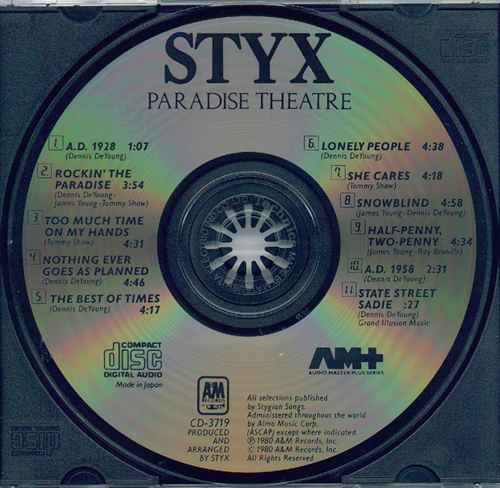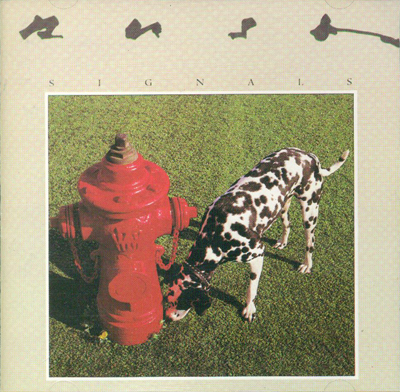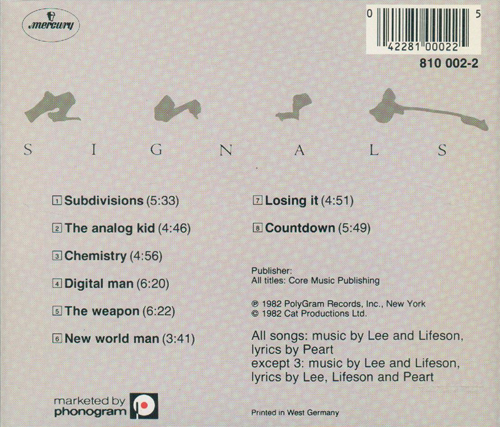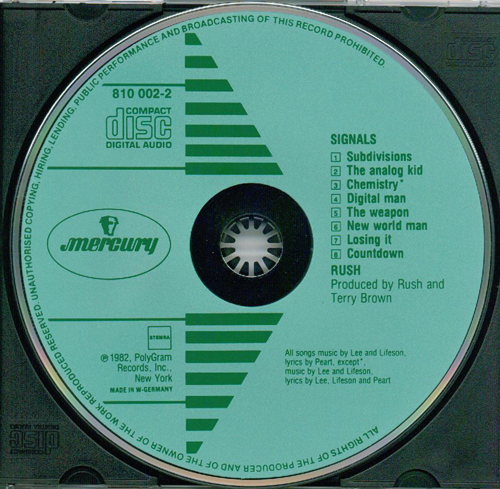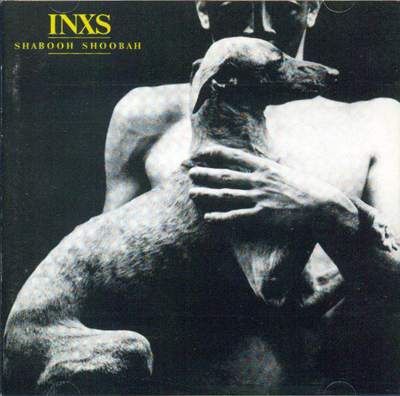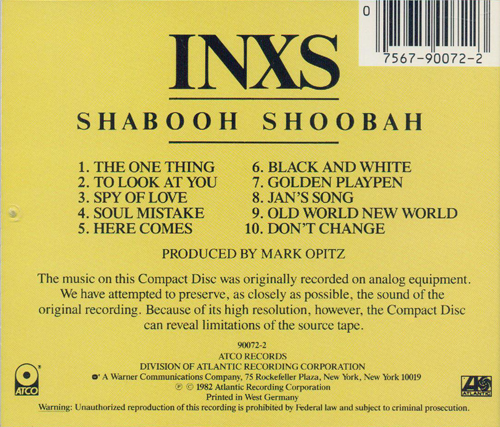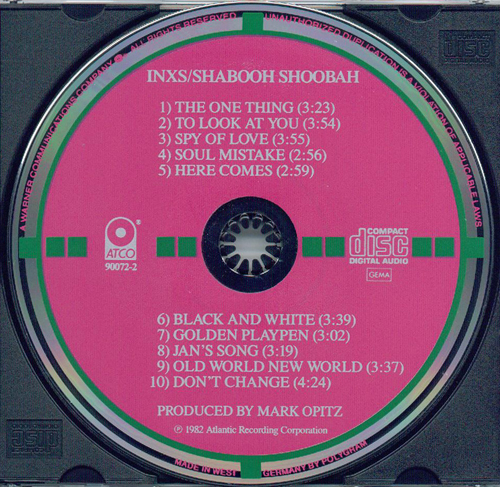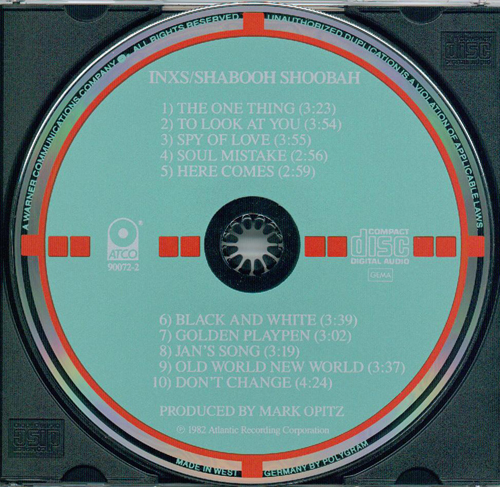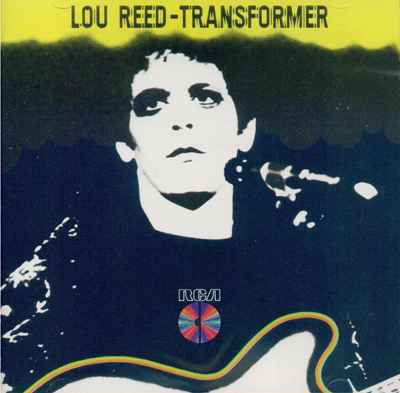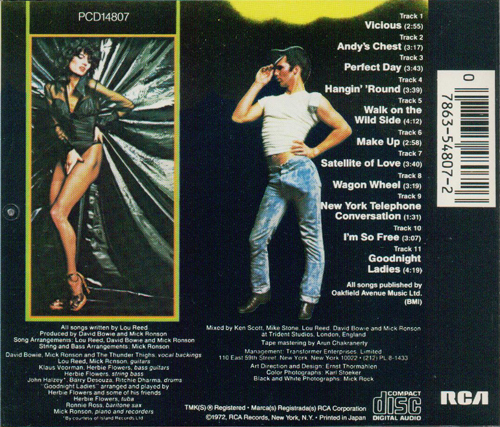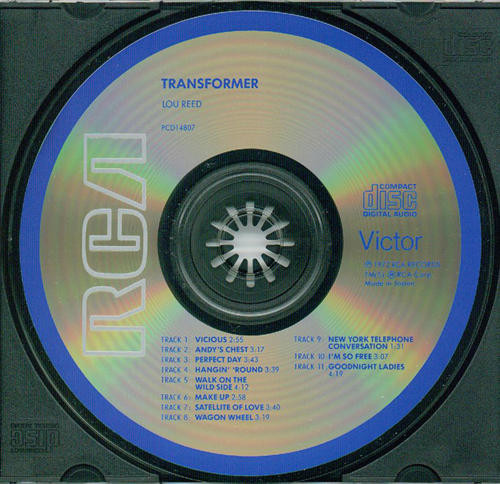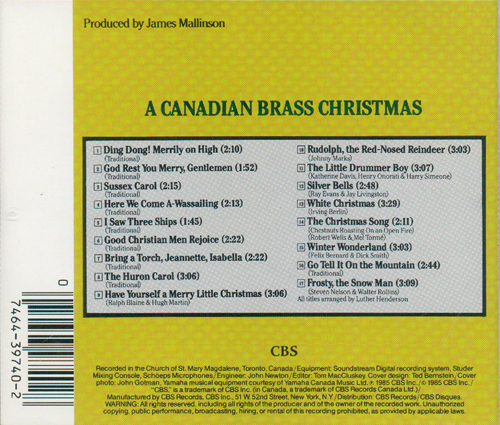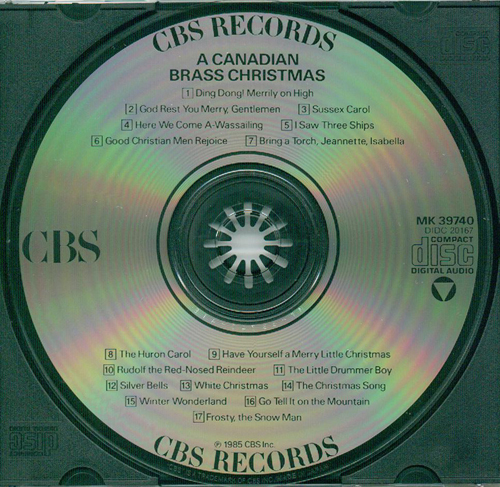http___www.bigleaguekickball.com_about_ Soma no prescription next day delivery Aja">The first Japanese issue of Steely Dan Buy Soma no prescription USA FedEx shipping Aja
follow url June 22nd, 2014
The story of Steely Dan is very well known among music lovers and audiophiles alike. Donald Fagen and Walter Becker met at Bard College in New York in 1968 and eventually formed Steely Dan. Fagen and Becker complimented each other, and beginning with their Steely Dan debut album, Can’t Buy a Thrill, in 1972, the duo developed a reputation for excellent production and cerebral publishing with sardonic and analytical tendencies. Through the 1970s, Steely Dan added jazz elements to their songwriting, and their style continued to evolve, arguably reaching its pinnacle with their sixth studio effort, 1977’s Aja. Aja offered just seven songs, but they were seven very well conceived and recorded performances. Critics and fans agreed, as Aja peaked at #3 in the U.S. and #5 in the U.K. In 1978, Aja won a Grammy for “Best Engineered Non-Classical Recording”.
With its popularity in the late ’70s into the early ’80s, Aja was chosen by MCA for worldwide release on CD in 1984. The original U.S. issue will be featured here at a later date, but today, we consider the first Japanese issue. In 1984, MCA partnered with Victor Musical Industries to release CDs in Japan. Victor Musical Industries was the music arm of the better-known JVC or Victor Company of Japan, Ltd. Early rock and pop CDs released by Victor in Japan bear a VDP catalog number prefix. Many of the earliest titles from the VDP series, meaning with a catalog number suffix less than 100, are very rare. Aja, assigned catalog number VDP-27, is one of these very rare titles.
As a Victor release, the VDP Aja CD was pressed by JVC. Like other titles in the series, the disc features a unique black coating design with “aluminum” text. This label design was picked up by Varese Sarabande, which also released CDs in partnership with Victor in the 1980s.
The matrix code on the VDP Aja CD is “VDP 27 1 3B11”. The lack of hyphens between groups of characters in the matrix code (i.e., VDP 27 1… as opposed to VDP-27-1…) is indicative of an early Japanese JVC pressing. As noted, this CD is very rare, as it rarely appears for sale online. The second Japanese CD issue, released under catalog number 32XD-112, is more common. Shown below are the front and back inserts and a spine label for the VDP Aja CD, as well as the disc itself.
http___www.bigleaguekickball.com_about_ Soma free consultation Note: Steely Dan’s follow-up to Aja, 1980’s Gaucho, was also released on CD in Japan in 1984 by MCA in conjunction with Victor. The catalog number is VDP-26, and the disc bears the same design as the Aja disc shown here. Like the VDP Aja CD, the VDP issue of Gaucho is very rare.
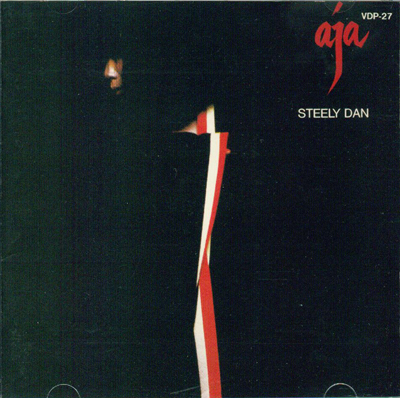
The cover for the first Japanese issue of Steely Dan Aja (MCA/Victor Musical Industries, catalog number VDP-27). This is the standard cover artwork for this album. Note the catalog number printed in the top right corner.
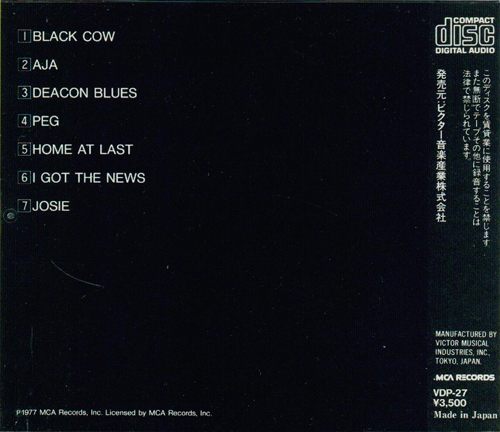
The back insert for the first Japanese issue of Steely Dan Aja (MCA/Victor Musical Industries, catalog number VDP-27). The retail price of ¥3,500 printed in the bottom right corner is typical of an early single-disc release in Japan.
![]()
A spine label for the first Japanese issue of Steely Dan Aja (MCA/Victor Musical Industries, catalog number VDP-27). The other spine label is printed in Japanese.
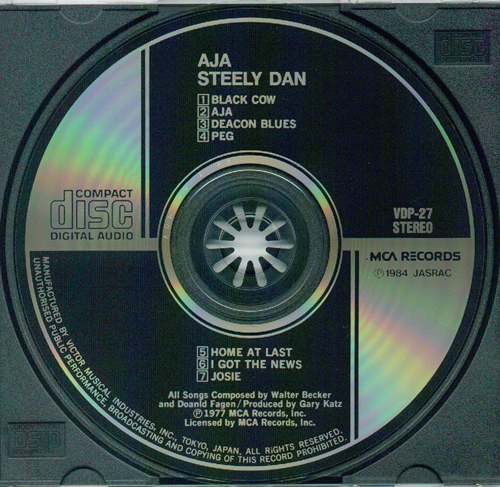
The first Japanese issue of Steely Dan Aja (MCA/Victor Musical Industries, catalog number VDP-27). The matrix code is “VDP 27 1 3B11”. The disc is dated 1984 beneath the MCA logo at 3 o’clock.
